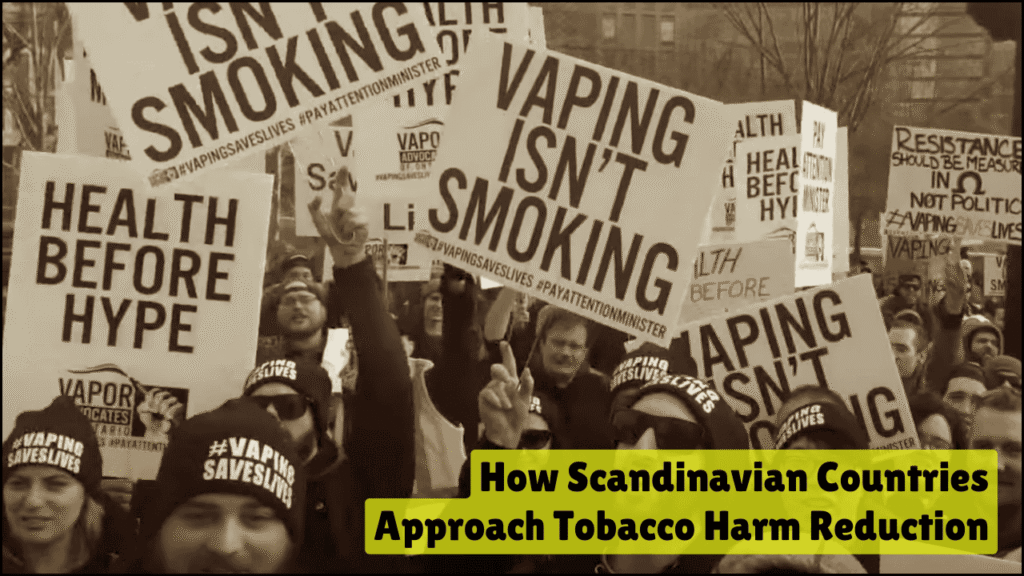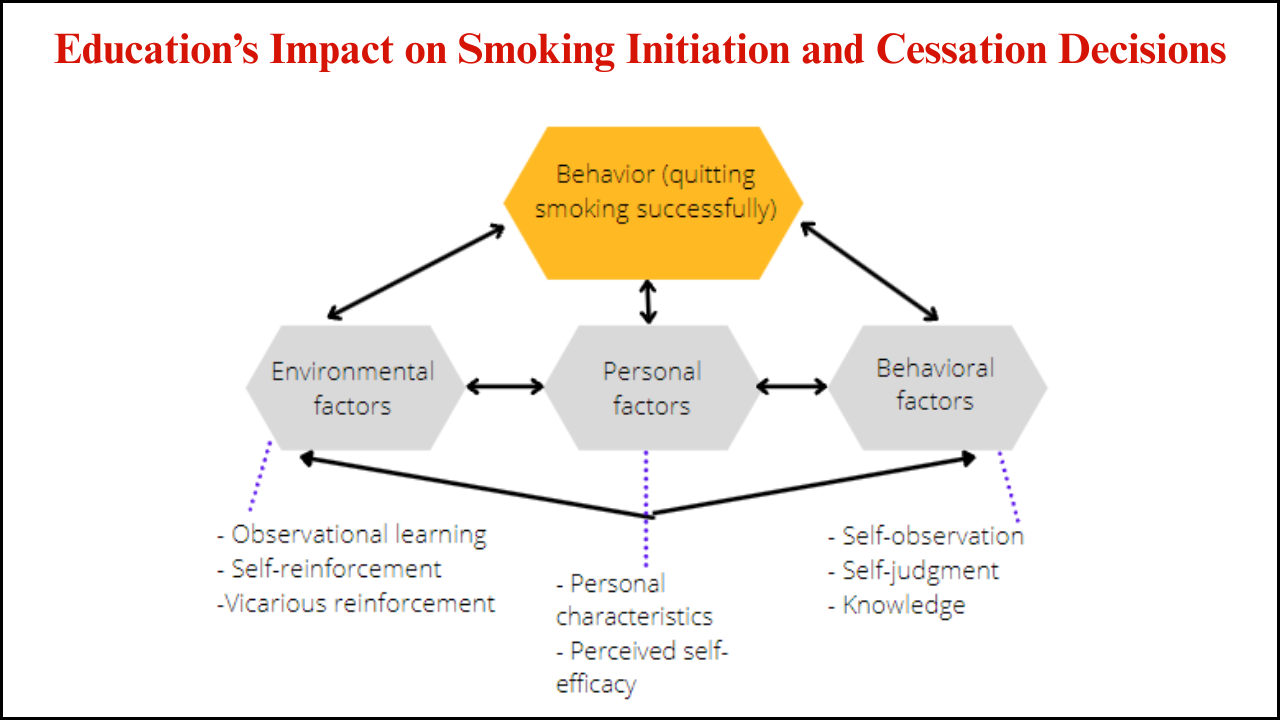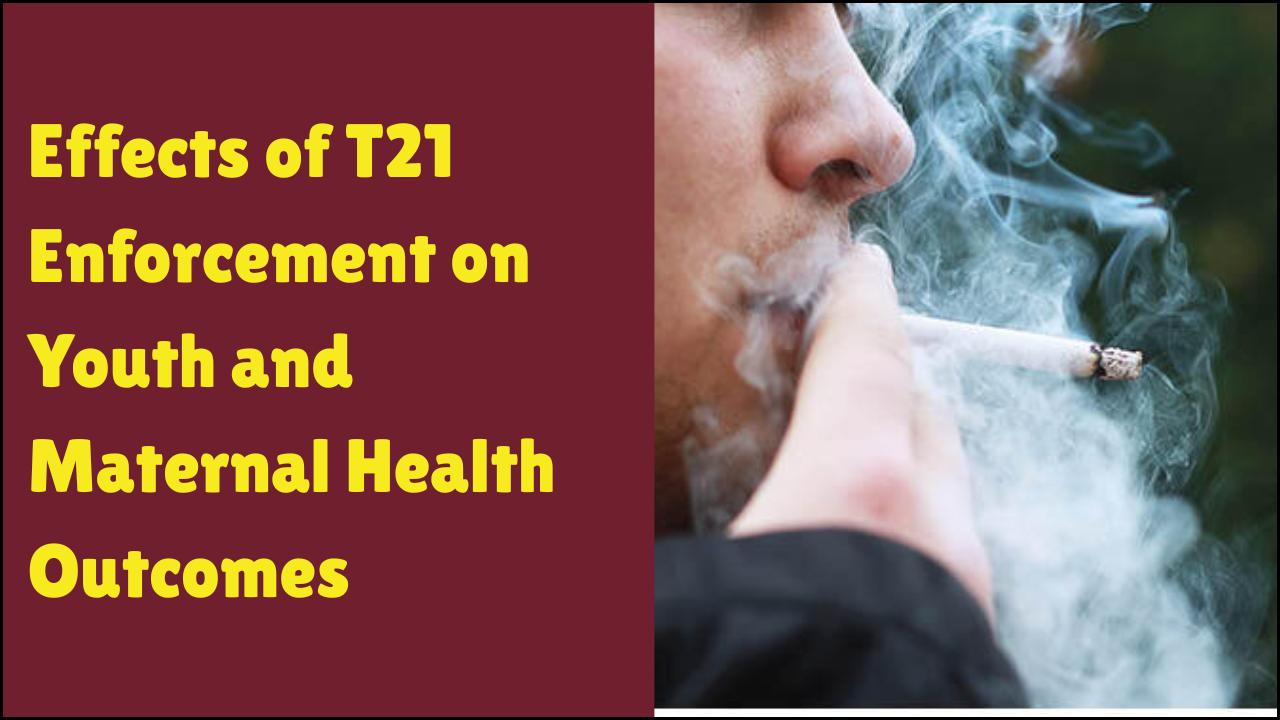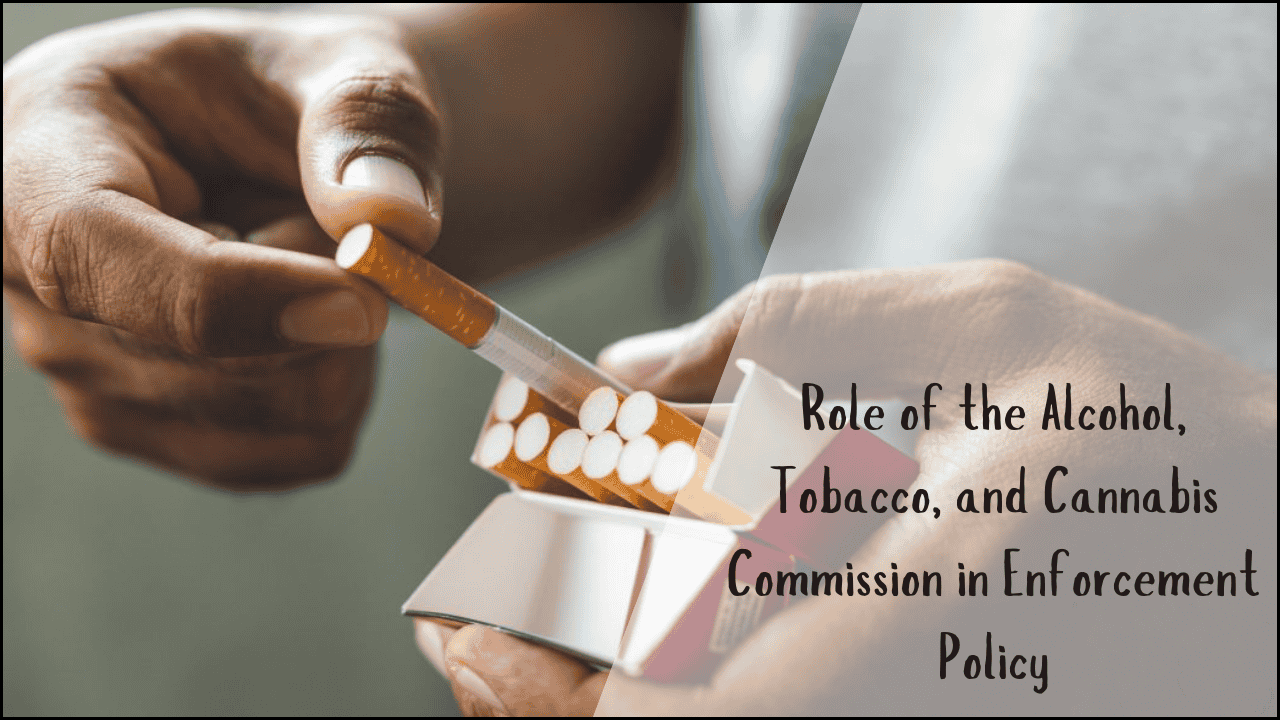
Tobacco use remains one of the most significant global public health challenges, causing millions of deaths annually. Scandinavian countries, however, have adopted distinctive strategies that set them apart from many other regions. Their approach to tobacco harm reduction focuses not only on controlling cigarette use but also on promoting safer alternatives, implementing cultural acceptance, and regulating products responsibly. This unique blend of policies and practices has made the region a valuable case study for public health experts.
Table of Contents
Key Features of Scandinavian Tobacco Harm Reduction
- Cultural integration of alternatives: Snus in Sweden and nicotine pouches in Norway and Finland have been culturally accepted for decades.
- Policy balance: Authorities regulate alternatives without banning them, ensuring both harm reduction and consumer choice.
- Public health outcomes: Smoking prevalence in Scandinavia is among the lowest in Europe due to reduced reliance on combustible tobacco.
- Evidence-based communication: Governments and health bodies communicate relative risks openly, unlike regions that enforce strict prohibitionist approaches.
- Global recognition: Sweden is close to achieving the first “smoke-free generation” status in Europe.
Overview of Tobacco Harm Reduction in Scandinavian Countries
| Country | Primary Alternative Used | Current Smoking Rate | Policy Approach | Public Health Impact |
|---|---|---|---|---|
| Sweden | Snus (oral tobacco) | Around 5-6% | Legal, regulated, socially accepted | Lowest tobacco-related mortality in the EU |
| Norway | Snus and nicotine pouches | Around 7-8% | Legal, highly regulated, cigarette taxes are high | Smoking decline accelerated |
| Denmark | Nicotine pouches, vaping | Around 15% | Pouches are recently regulated, and vaping is allowed | Moderate decline, slower than Sweden/Norway |
| Finland | Nicotine replacement + pouches | Around 10% | Restrictive on sales, but alternatives exist | Declining but slower compared to Sweden |
| Iceland | Vaping and reduced-risk products | Below 10% | Encouraged as alternatives, regulated strictly | Significant fall in cigarette smoking |
Historical Context of Tobacco Use in Scandinavia
- Sweden: Snus has been in use for centuries, and its popularity grew as cigarette use declined in the late 20th century.
- Norway: Cigarette smoking dominated until the 1980s, but snus gradually became the preferred choice among younger users.
- Denmark: Cigarette smoking was culturally strong, and alternatives such as nicotine pouches only gained traction in the last decade.
- Finland: Tobacco control laws have historically been strict, with an emphasis on prevention, but alternatives are still developing.
- Iceland: Vaping products have been widely accepted, and cigarette smoking has declined sharply as a result.
Policy and Regulation Approaches
- Sweden
- Snus is legal and excluded from EU bans due to long-standing cultural use.
- Cigarette taxes are high, creating a price gap that encourages switching to snus.
- Public campaigns emphasize comparative risks instead of total abstinence messaging.
- Norway
- Snus is legal and popular, with rising use among young adults.
- Cigarette taxation and plain packaging laws make cigarettes less appealing.
- Harm reduction is recognized as part of official tobacco control strategies.
- Denmark
- Nicotine pouches were unregulated until recently, leading to youth uptake.
- Cigarettes remain relatively common but are slowly being displaced.
- Regulations now focus on limiting marketing while keeping alternatives accessible.
- Finland
- Long-term goal: to become a “tobacco-free society” by 2030.
- Stricter on sales and promotion of reduced-risk products than in Sweden or Norway.
- Still relies heavily on prevention campaigns rather than substitution.
- Iceland
- Progressive acceptance of vaping as a harm reduction tool.
- Cigarette consumption plummeted after vaping became widely available.
- Policies are evidence-based but closely monitored for youth risks.
Comparative of Policies
| Policy Area | Sweden | Norway | Denmark | Finland | Iceland |
|---|---|---|---|---|---|
| Snus Availability | Legal and widely used | Legal and growing | Recently regulated | Banned but alternatives exist | Not traditional |
| Nicotine Pouches | Popular, regulated | Popular, regulated | Recently controlled | Allowed under restrictions | Allowed |
| Cigarette Taxation | High | Very High | Moderate | High | High |
| Public Health Framing | Harm reduction focus | Harm reduction focus | Prevention + control | Abstinence priority | Harm reduction focus |
| Youth Access Control | Strong restrictions | Strong restrictions | Increasingly strict | Strict | Strict |
Public Health Outcomes
- Sweden’s exceptional case
- Cigarette use fell dramatically over the decades.
- Lung cancer and tobacco-related mortality are the lowest in Europe.
- Snus use is often cited as the primary factor in these outcomes.
- Norway’s success with a gradual transition
- Smoking rates have decreased in less than 20 years.
- Snus uptake among younger adults reduced cigarette initiation.
- Long-term health impacts are expected to mirror Sweden’s.
- Denmark’s moderate progress
- Declines more slowly than neighbors due to the later adoption of alternatives.
- Still above EU averages in smoking prevalence.
- Regulatory framework catching up.
- Finland’s cautious but steady path
- Strong prevention policies keep smoking relatively low.
- Slower reduction compared to Sweden due to restrictions on alternatives.
- The target of a tobacco-free society may face challenges.
- Iceland’s rapid success
- Vaping adoption brought quick declines in cigarette use.
- Smoking prevalence is now among the lowest in Europe.
- Harm reduction is embraced more openly than in Finland or Denmark.
Advantages of the Scandinavian Model
- Cultural acceptance of alternatives made the transition natural.
- Risk communication is transparent and avoids misinformation.
- Cigarette taxes combined with accessible, safer products created strong incentives.
- Public trust in institutions ensured compliance with policies.
- Long-term outcomes demonstrate significant reductions in smoking-related diseases.
Challenges and Criticisms
- Concerns about youth experimenting with nicotine pouches and snus.
- Ethical debate on whether harm reduction normalizes nicotine use.
- EU regulations often clash with Scandinavian practices, especially Sweden’s snus exemption.
- Limited global replicability since cultural factors in Scandinavia differ from other regions.
- The debate continues whether absolute cessation should remain the ultimate goal.
Benefits vs Criticisms
| Aspect | Benefits | Criticisms |
|---|---|---|
| Health Outcomes | Lower smoking rates, reduced cancer cases | Long-term risks of alternatives are not fully known |
| Cultural Fit | Acceptance of snus and pouches ensured a smooth transition | May not translate outside Scandinavia |
| Policy Framework | Balanced regulation encourages safer choices | Some fear under-regulation for youth protection |
| Global Lessons | Demonstrates harm reduction works | Risk of misapplication in different contexts |
Global Lessons from Scandinavia
- Adoption of harm reduction strategies requires cultural context and public trust.
- Providing legal access to safer products alongside strict cigarette control works effectively.
- Transparency in public health communication improves compliance.
- Incremental regulation allows for adaptability as new products emerge.
- Countries aiming for smoke-free targets can learn from Sweden’s near achievement.
The Bottom Line
Scandinavian countries provide a unique perspective on tobacco harm reduction. Sweden’s reliance on snus, Norway’s balanced transition, Iceland’s rapid adoption of vaping, and Finland’s cautious abstinence-based approach together showcase diverse strategies within one region. Public health benefits in reduced smoking prevalence and lower tobacco-related mortality validate the potential of harm reduction. Broader adoption of such evidence-driven policies across the world could significantly alter the future of global tobacco control.






